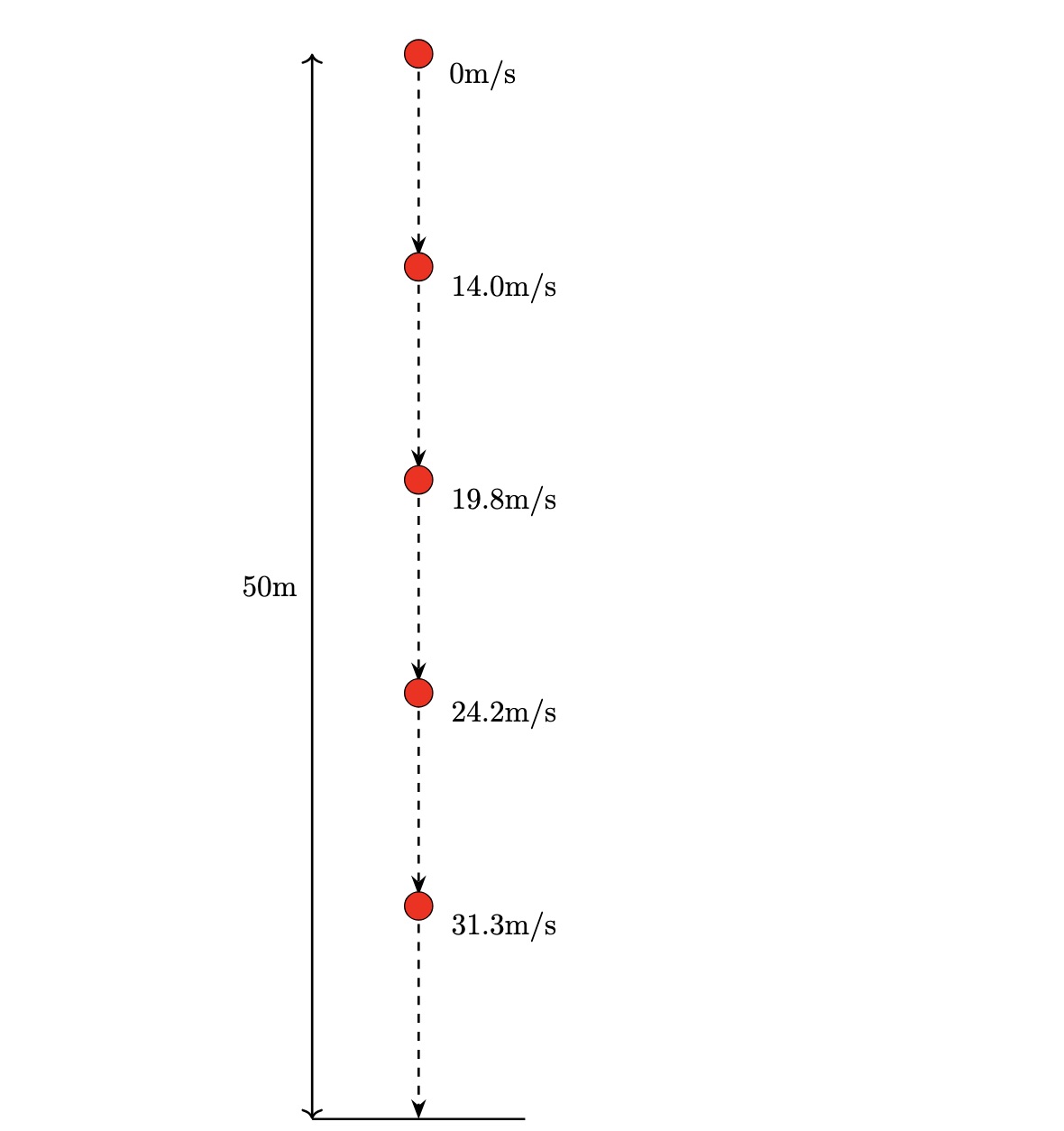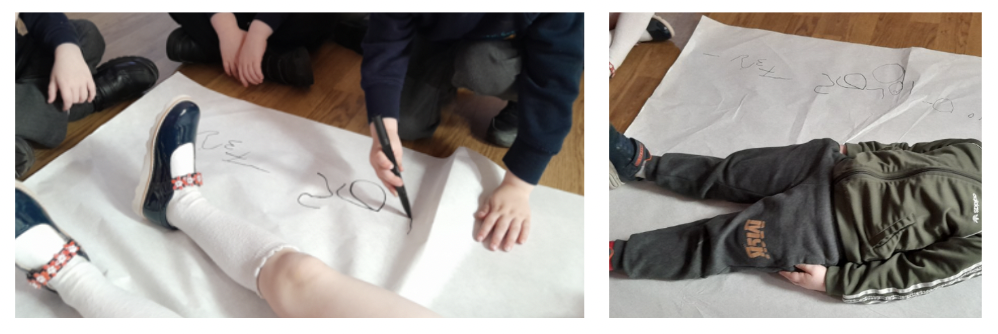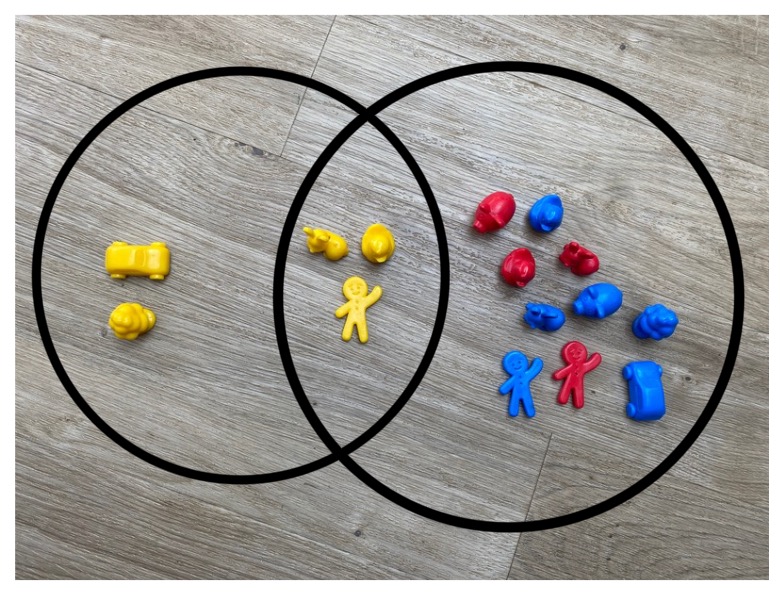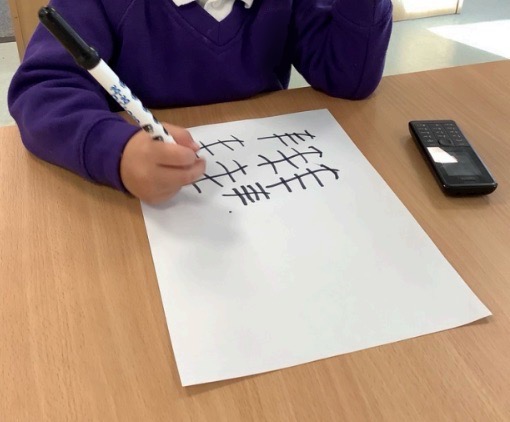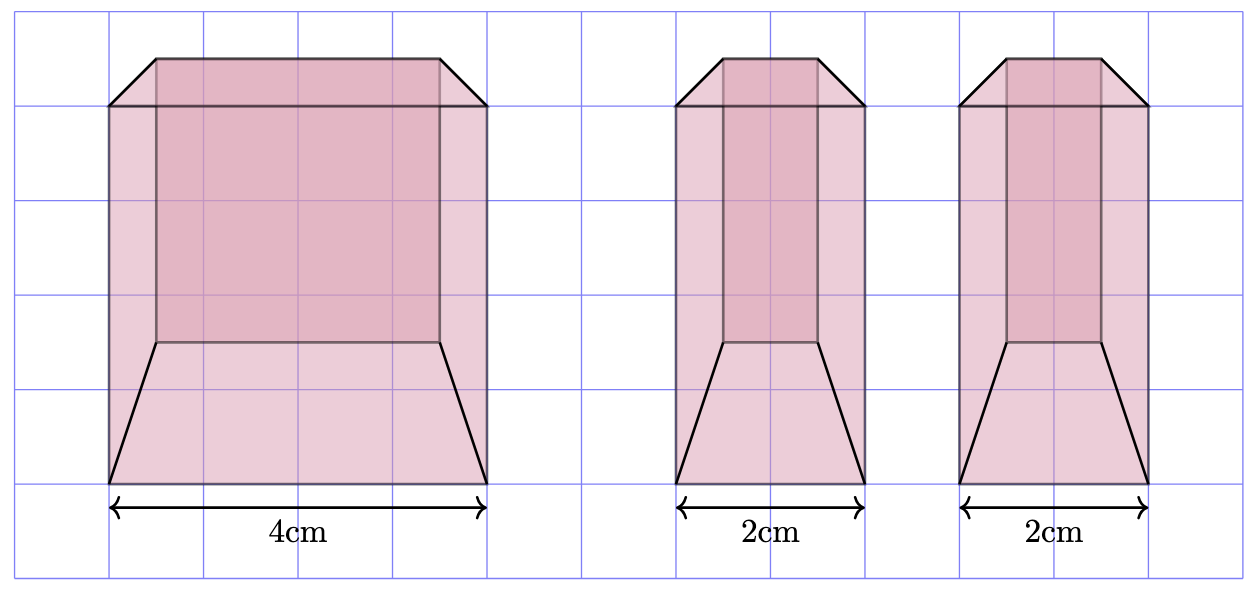Gravity
“Why do things fall?” is a common question we all have when growing up. The short answer, gravity. Gravity is the force that acts on an object, pulling it towards the Earth. It acts on us, keeping our feet on the floor. Children can experiment in the classroom by dropping objects to learn about gravity.
A famous experiment was performed by Galileo (an astronomer born in the 1500s). He climbed the leaning tower of Pisa and dropped objects of different masses. The words mass and weight are often used interchangeably despite some technical differences. The objects of different masses fell with the same acceleration due to gravity, which means that they sped up at the same rate and hit the ground at the same time. This experiment demonstrated the mathematical concept that all objects on Earth fall with the same acceleration due to gravity, approximately \(9.8m/s^2\) (meters per second squared).
In the image below, we can see a model of how an object falls. When we drop an object, it starts still and its speed is \(0m/s\). After it has fallen \(10m\), its speed has increased to \(14m/s\). As the object continues to fall, it continues to accelerate until it hits the floor.
So why do some objects fall slower than others? When we drop an object, it accelerates towards the ground due to gravity. The acceleration can be noticeably decreased if the object experiences enough air resistance.
Air resistance is the force of air pushing up on an object as it falls, which slows an object’s fall. The larger the surface area of an object, the more air resistance it will experience. For some classroom experiments, see our article on experimenting with air resistance.

